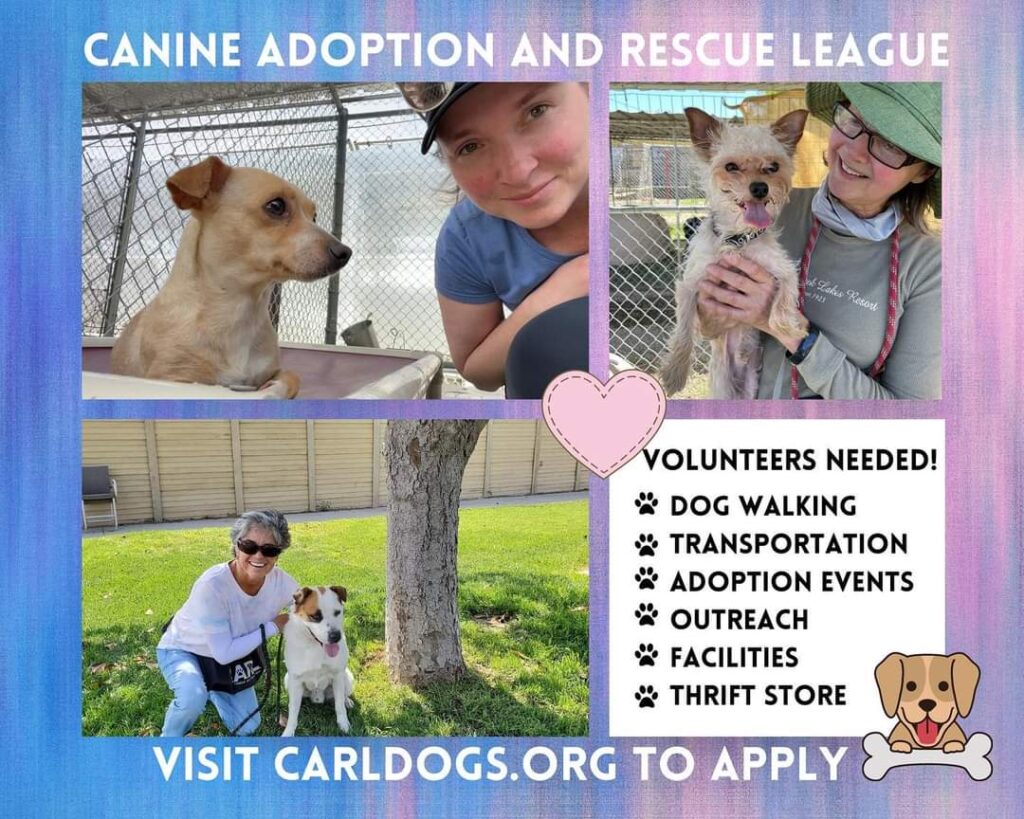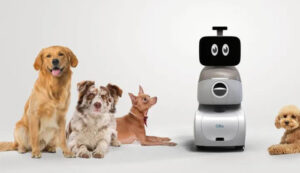 • 14 Warning Signs Your Pet May Be Sick (and What to Do)
• 14 Warning Signs Your Pet May Be Sick (and What to Do)
Some symptoms are more serious than others. So how can you tell if your dog or cat needs to go to the vet? Experts explain.
by Jennifer Billock
As all pet owners know, our four-legged furries are more than friends — they’re family members. So when they seem sick, it can be easy to decide to drop everything and run to the vet. The good news is, that’s not always necessary. Some issues are better off being monitored at home, and some require a vet visit. Here’s how to tell the difference.
Wait-and-See Symptoms
No one wants to see Boots or Mittens in pain or ill, but observing your pet for a few days is often the only way to determine if there’s really a problem. Like us, animals can suffer from passing aches and sniffles. If you notice your pet drooling, limping, whining, dealing with an upset tummy, coughing, itching or wiping away eye or nose discharge, keep a close eye on them. Believe it or not, these symptoms could be a cry for attention (hello to my dearly departed Boston terrier who pretended to limp when he wanted snacks) or simply a 24-hour bug.
Other subtle signs to note during observation days are changes in eating and drinking habits and in activity level. “This could look like the water bowl being emptied more quickly; hesitancy jumping up or taking stairs; or not wanting to go on walks that are as long as usual,” says Rena Carlson, D.V.M., president of the American Veterinary Medical Association. If these behaviors continue, consider a call or trip to the vet.
It’s also important to note that animals deal with pain differently than we do. If you haven’t noticed any drooling, wincing or whining but have seen a new fear or an outsize reaction to something typical, it could mean they’re in pain. Give it a couple of days and see if the fear or overreaction resolves. If not, head to the vet.
Ultimately, you know your pet better than anyone else, so watch for changes in their normal patterns and routines. If it’s just a onetime thing, they’re probably fine. But changes over a longer period of time might be reason for concern. “Remember that animals can be good at hiding symptoms of illness or injury, and that even subtle changes may be a sign that something is wrong,” Carlson says.
Signs You Should Take Them In
Pets like to hide when they’re sick, so sometimes it can be difficult to notice an emergency situation right away. But even if they’re hiding, check on them every now and then to be sure nothing is seriously wrong.
Specifically for cats, Carlson advises watching for open-mouthed breathing. “Open-mouthed breathing is almost always an emergency situation for cats,” she says. “Any cat exhibiting this behavior should be brought to the veterinarian immediately for emergency care.” That said, some cats will keep their mouths open for a moment after smelling or seeing something unusual for them. If yours leaves theirs open longer, call your vet.
Also, while you may not think of this, pets can get sunburn — if you see any sign of severe burns or heatstroke, you’ll need a vet visit.
More Serious Signals
Diabetes and heart problems are difficult conditions to spot in pets. Luckily, some warning signs can show up long before things get really bad. Be concerned about diabetes if your furry friend is:
- Drinking and peeing more
- Losing weight (with or without an increased appetite)
- Eating less
- Enduring chronic or recurring infections, including skin or urinary infections
- Has cloudy eyes (particularly in dogs)








